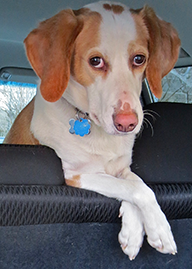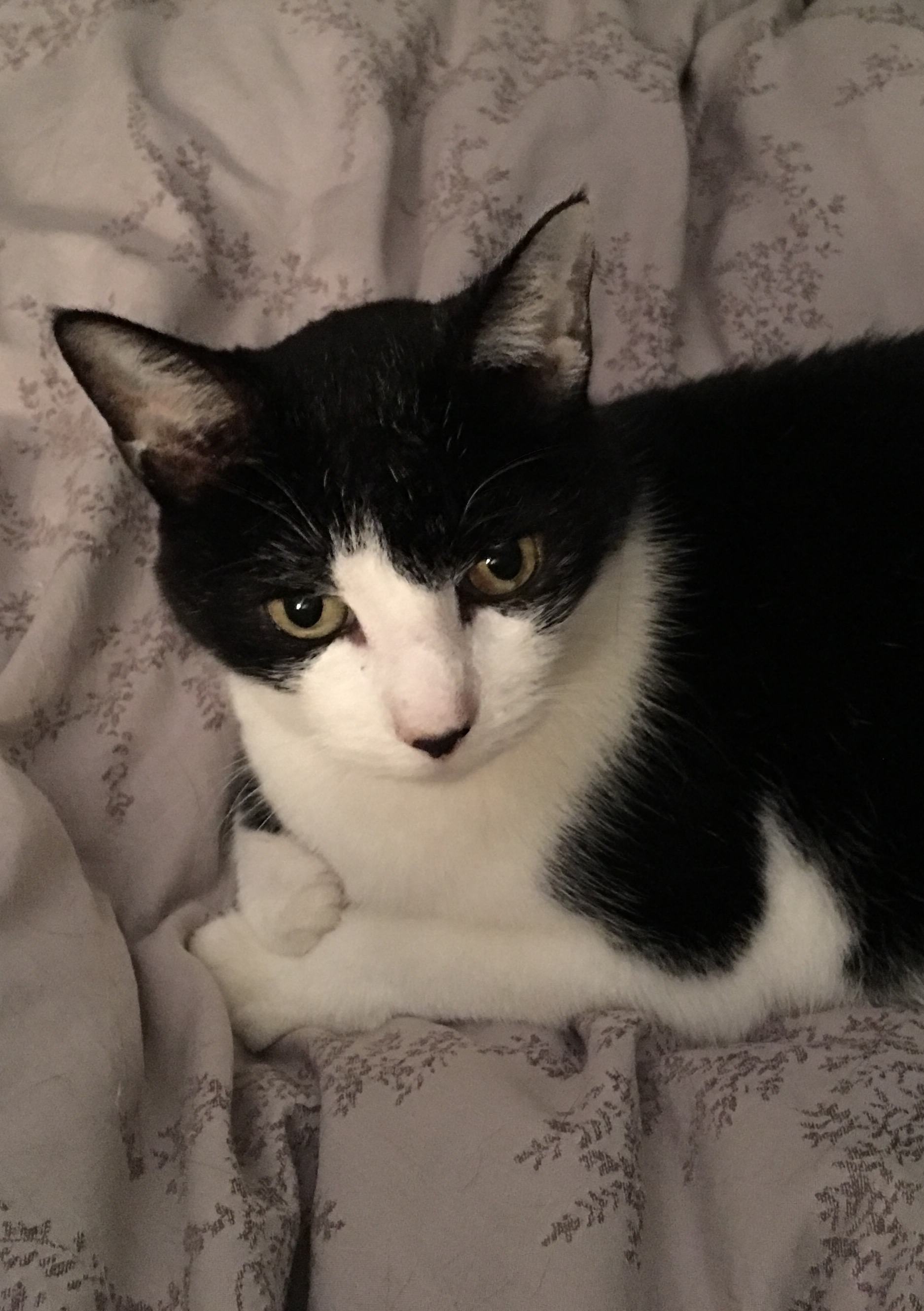Beyond Bunnicula
I was thirty-one when Debbie died. I had a job in Manhattan, an apartment in Brooklyn, two cats, and two unsold children’s book manuscripts. Still working as a literary agent and dreaming of being a theater director, I had no intention of becoming a children’s book writer. But the truth was, I wasn’t sure what I was going to do with the rest of my life. My world had been turned upside down.
Then both books were bought by Atheneum and my world began to turn right side up again. I was on my way to becoming a published children’s book writer, whether it was my intention or not!
One day a photographer, who was a client of the literary agency where I worked, asked if I had any ideas for a photo essay for children. I told him that Debbie and I had considered writing one about what it’s like to go to the hospital. “That’s a great idea!” he said. “Why don’t you write it and I’ll take the photos?”
With a handshake, I was on my way to my third book.
The Hospital Book was published in 1981. By that time, I had left my job with the literary agency in order to write full-time. I had also gotten married again. My “office” was a desk along a wall of the living room in our small one-bedroom Manhattan apartment.
I wrote on an IBM electric typewriter, not just original books, such as the first Bunnicula sequel, Howliday Inn, but also “works for hire,” including a number of Muppets books. I loved writing as Miss Piggy and Kermit the Frog! I also wrote several movie tie-in books, including what in my opinion is my worst book ever, How the Ewoks Saved the Trees. (In case you’re wondering, the movie that that book tied in with was “Star Wars, Episode VI: Return of the Jedi.”)
Letting go of my dreams of being a director, I set my sights on my new dream of being a children’s book author. I wrote picture books and middle-grade novels. I visited schools to talk about writing. I got fan mail!
In 1985, my wife and I moved from Manhattan to Hastings-on-Hudson, a small town just north of New York City. Two years later, our daughter Zoey was born. I loved being a dad. I still do.
Zoey loved books from the time she was a baby. And I loved reading to her.
(By the way, if you see Zoey’s name spelled without a “y”—as it is in some of the dedications of my early books, it’s because Zoey added the “y” herself when she was in the third grade. She was tired of people calling her “Zo”!)
Over the years, I’ve written many kinds of books—picture books; chapter books for beginning readers; novels for middle grade, tween, and teen readers; nonfiction books; and adaptations of books (The Secret Garden) and movies (Dances With Wolves).
My Pinky and Rex series is loosely based on myself when I was seven and my down-the-street-and-around-the-corner best friend, a girl named Bobbie. My favorite color was never pink, as Pinky’s is, but in many other ways I was a lot like Pinky when I was his age. I was a collector of stuffed animals, a good student, a champion speller, and a poor athlete.
Pinky and Rex illustrations paired with photo of Bobbie and me.
Being chosen last for every team, being told I threw “like a girl” (whatever that means), and being called names and picked on all left a lasting mark—one that resulted not only in the Pinky and Rex series but many other books about being different and liking yourself for who you are.
It took me a long time to be okay with feeling different myself and liking myself for who I was. After years of telling myself there was something wrong with me, I was finally able to feel good about who I was and came out as gay. I began thinking about how I could help others, like me, who felt beaten down or bad about themselves because of the negative messages they’d taken in.
Around this same time, Zoey was having trouble fitting in socially at school. It was particularly tough for her in the seventh grade. Although we were now divorced, Zoey’s mom and I worked together to help her. That was our number one priority. I also wanted to do something as a writer not just to help her, but others like her, and like the boy I had been when I was her age.
That’s why I wrote The Misfits. Set in the seventh grade in a small upstate New York town much like Webster, where I grew up, it tells the story of four best friends who are teased and picked on because they are seen as being different. Though none of the characters is based on my daughter or me, one of them—Joe Bunch—is gay. In writing Joe, I was rewriting my own story and, in my own way, was choosing to come out publicly.
The Misfits was published in 2001, and it ushered in a new phase of my career as a writer for young people. Not only did it lead to three companion novels—Totally Joe, about Joe Bunch; Addie on the Inside, about Addie Carle; and Also Known as Elvis, about Skeezie Tookis—it led me to become an anti-bullying activist. In 2004, The Misfits inspired the creation of GLSEN’s national No Name-Calling Week. In my work with No Name-Calling Week and on my own, I spoke out regularly in print and in person about the effects that bullying, in all its forms, has on a person’s life and spirit.
In 2011, I married Mark Davis, my partner of ten years. We had our wedding in a beautiful field in Vermont, our favorite place in the world, with many friends and family gathered. My daughter Zoey, now all grown up, was our “best person.” We had square dancing and lots of music and a crazy, tipsy, Technicolor cake.
It was one of the happiest days of my life.
Mark and I share our home with a hound dog named Lily and, until recently, a cat named Archie. I’m sad to say that Archie is no longer with us. He lived until he was 16, which is old age for many cats. We miss him, and you can be sure that Lily misses him too! Like Harold and Chester – and Houndsley and Catina – Lily and Archie were best friends. (But even best friends sometimes need their space.)
We sing together almost every day, take long walks with Lily, read side by side on the couch (often reading aloud to each other), have friends over for dinner, go to see plays and hear live music, eat ice cream, and make each other laugh a lot.
Every day I go up to my office on the third floor of our house, read for a while, and then settle into writing my current book. Sometimes, I gaze out the window at the treetops and let my mind wander. Daydreaming is a big part of what writers do. Sometimes, I look around my office at all the books I’ve written, the art and photos, awards and memorabilia on my walls and shelves, and think how lucky I am to have the life I do. And then I get back to work. No matter what I’m writing, the message is always the same: Everyone deserves to have a good life, to do the things they most enjoy, to be loved, and to feel proud of who they are.











